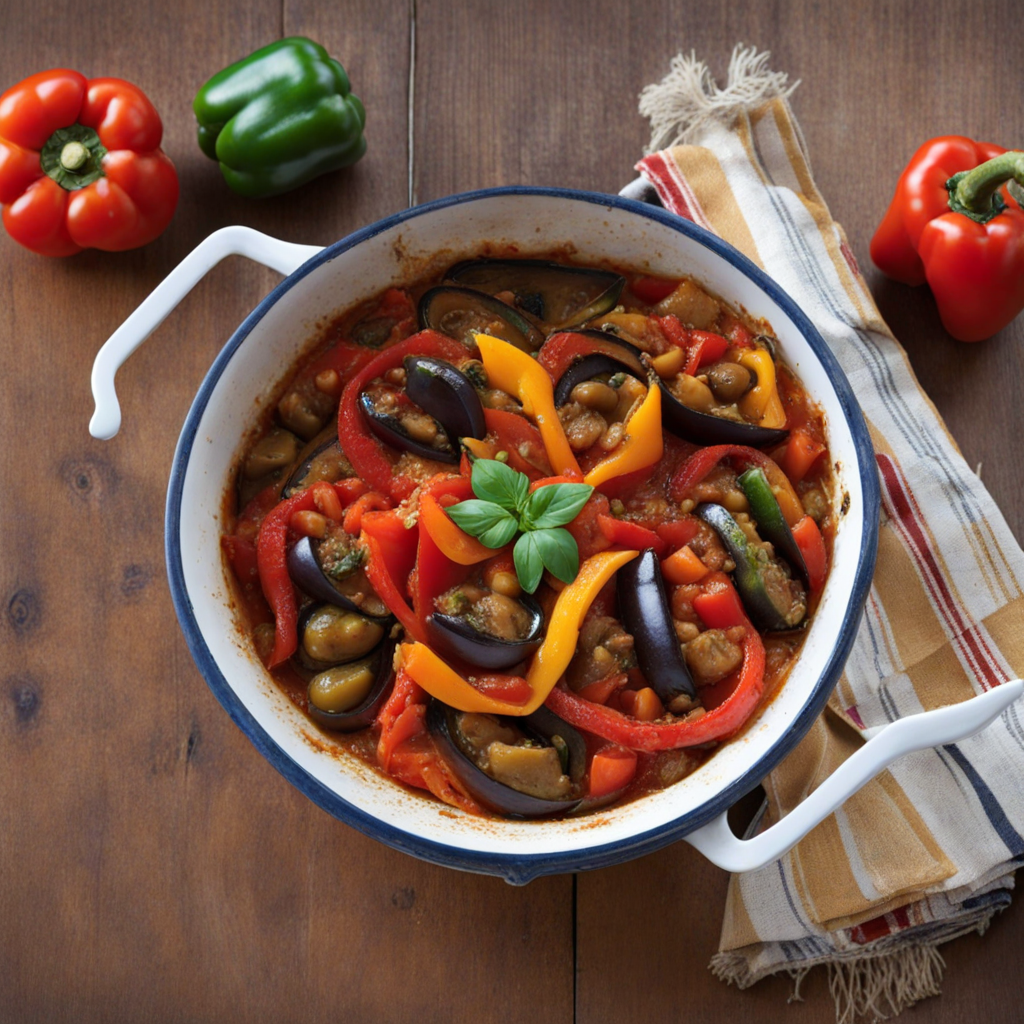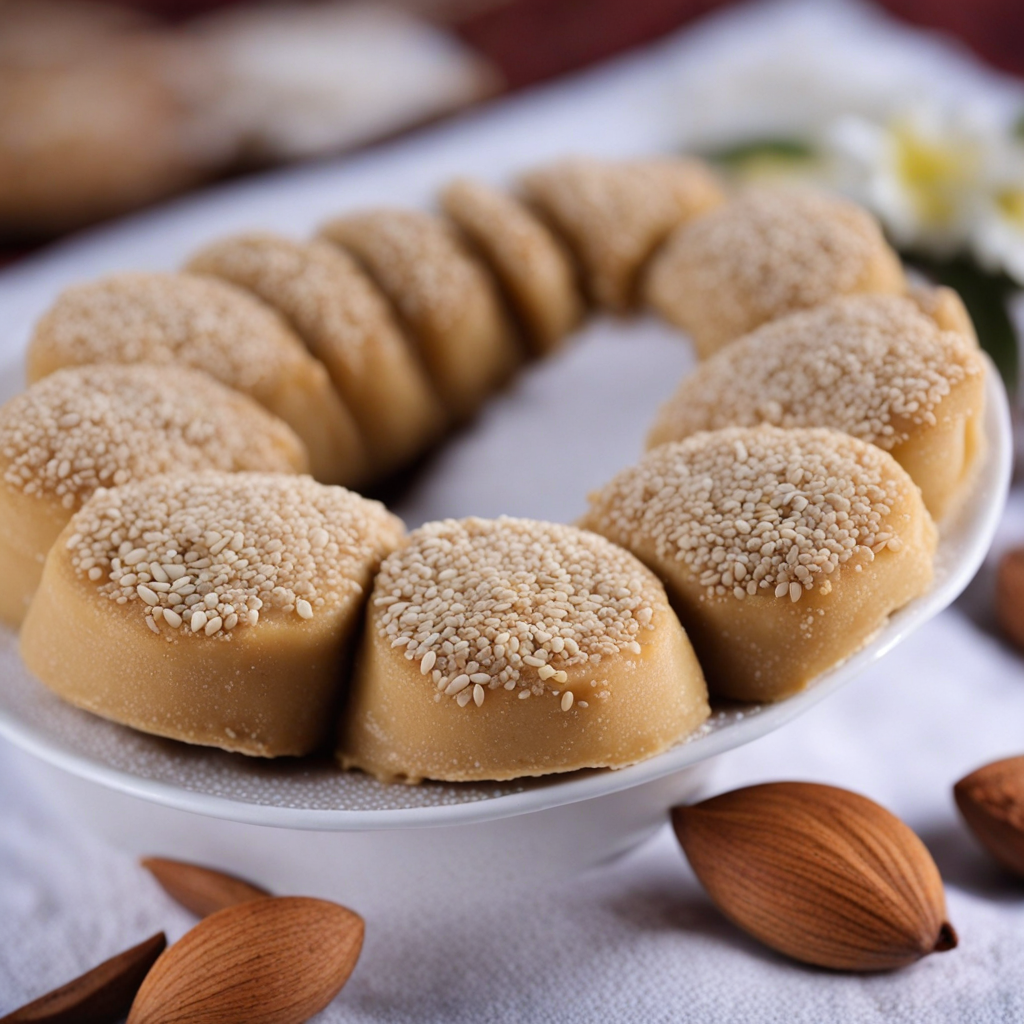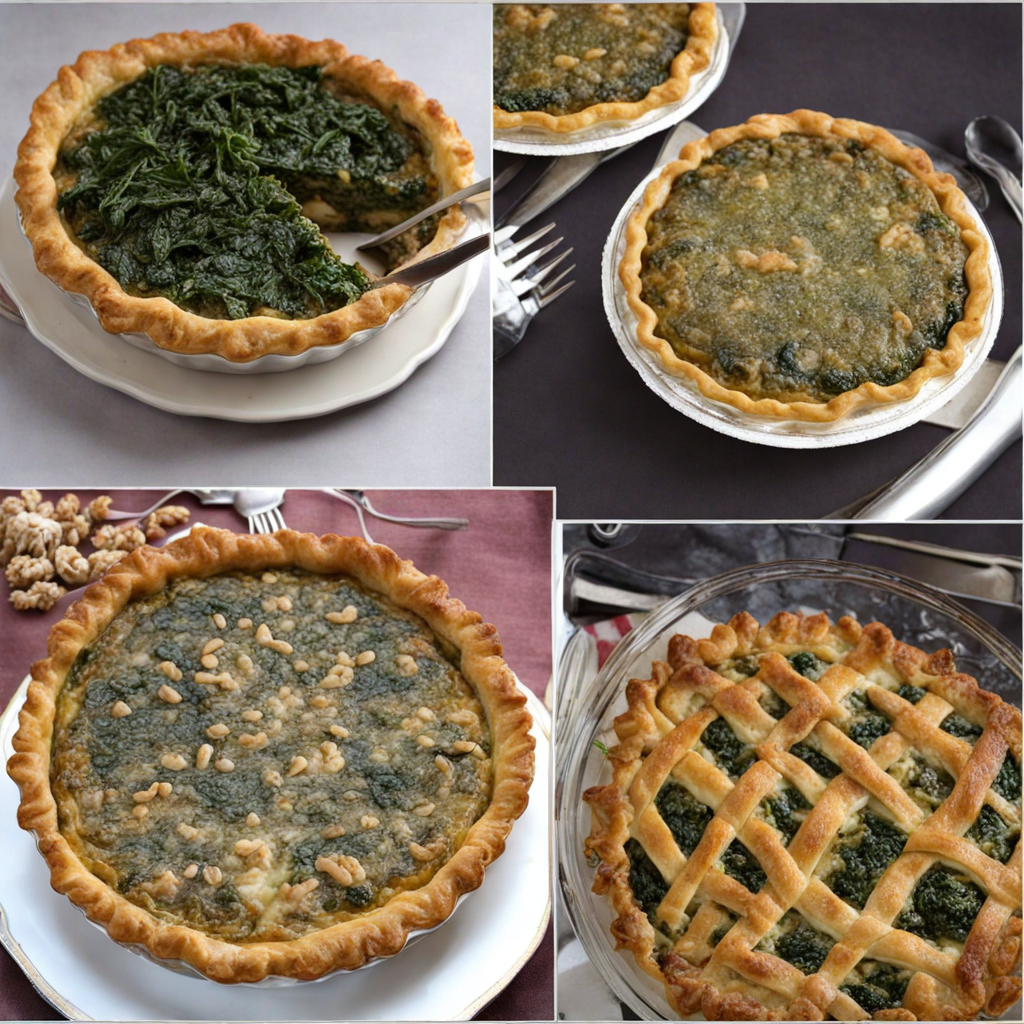Imqaret
Imqaret are delightful pastries hailing from the picturesque island of Malta, embodying a rich tapestry of flavors and traditions. These deep-fried treats are typically filled with a luscious mixture of dates, which are sweetened with spices such as cinnamon and sometimes a hint of orange zest. The dough, often made with simple ingredients like flour, water, and a touch of olive oil, is rolled out thinly and encases the sweet filling, creating a perfect balance between the crispy exterior and the aromatic, gooey interior. Each bite offers a comforting sweetness that is both indulgent and satisfying, making Imqaret a beloved snack among locals and visitors alike. The preparation of Imqaret is an art form passed down through generations, often enjoyed during festive occasions and celebrations. The process involves skillfully shaping the dough to encase the date filling, ensuring that the edges are sealed tightly before frying to a golden perfection. The resulting pastries are often dusted with powdered sugar, adding a touch of elegance and a delightful contrast to the rich dates inside. Whether enjoyed at a bustling street market or as a homemade treat, Imqaret are a testament to the island's culinary heritage, inviting food lovers to savor the essence of Maltese culture. What sets Imqaret apart is not just their taste but also their versatility. They can be enjoyed warm or at room temperature, making them perfect for any occasion, from casual snacking to festive gatherings. While traditionally filled with dates, some modern variations incorporate nuts or different spices, inviting a refreshing twist to the classic recipe. Whether you are a seasoned traveler or a curious foodie, discovering Imqaret provides a unique opportunity to indulge in a sweet, comforting taste of Malta that lingers long after the last bite.
How It Became This Dish
Imqaret: A Sweet Slice of Maltese Heritage Origins of Imqaret Imqaret, a beloved pastry from Malta, translates to "squares" in Maltese, aptly describing its distinctive shape. This sweet delicacy is a deep-fried pastry filled primarily with a spiced date mixture, often flavored with hints of orange and lemon zest, and sometimes a dash of cinnamon or nutmeg. Its origins can be traced back to the Islamic influences on the Maltese islands during the medieval period. The history of Malta is a tapestry woven with the threads of various cultures due to its strategic location in the Mediterranean. From the Phoenicians to the Romans, and later the Arabs who ruled the islands from 831 to 1091 AD, each civilization left its mark on Maltese cuisine. The introduction of dates and the techniques of pastry-making by the Arabs significantly influenced local culinary practices. It is believed that imqaret was inspired by similar Middle Eastern pastries, such as the "maamoul," which are also filled with dates. Cultural Significance Imqaret is more than just a dessert; it is a symbol of Maltese identity and tradition. The pastry is commonly associated with local festivities and celebrations, particularly during the feast of St. Paul’s Shipwreck in Valletta, and has become a staple at village festas throughout the year. Its preparation often brings families together, showcasing a communal spirit that is central to Maltese culture. The pastry embodies the island's rich history of trade and cultural exchange. Dates, a key ingredient, were historically abundant in the Mediterranean, and their incorporation into local cuisine reflects the blending of traditions. For many Maltese, the taste of imqaret evokes nostalgia, conjuring memories of childhood and family gatherings. It is often prepared for special occasions, such as weddings or religious celebrations, where it serves not only as a treat but also as a gesture of hospitality. The Development of Imqaret Over Time Over the centuries, the recipe for imqaret has evolved, adapting to changing tastes and available ingredients. Initially, the filling was primarily composed of dates, but as Malta became more integrated into the wider European culinary scene, variations began to emerge. Today, some recipes incorporate nuts, chocolate, or other fruits, showcasing the versatility of this traditional pastry. The method of preparation has also undergone changes. Traditionally, imqaret was made by hand, with skilled bakers crafting the dough and filling it with care. However, as industrialization took hold in the 20th century, the availability of ready-made pastry and commercial kitchens led to a shift in how imqaret is produced. While artisanal versions remain popular, especially among older generations and local bakeries, mass-produced imqaret can now be found in supermarkets, catering to a broader audience. Despite these changes, the essence of imqaret has remained intact. The process of deep-frying the pastries gives them a distinctive crispiness, while the filling retains a chewy texture that is both sweet and aromatic. The use of local ingredients, such as Maltese oranges and lemons, ensures that the flavors are vibrant and reflective of the island’s agricultural heritage. Modern-Day Imqaret In contemporary Malta, imqaret is a common sight at food festivals and markets, where it is often served hot, dusted with powdered sugar, and accompanied by a scoop of vanilla ice cream or a dollop of honey. The pastry has also found its way into the hearts of tourists, who often seek out this quintessential Maltese treat as a reminder of their visit to the islands. The rise of food tourism has also played a role in popularizing imqaret beyond Malta's shores. Maltese restaurants and cafes around the world now feature imqaret on their menus, allowing a global audience to experience its unique flavor. Additionally, social media has given rise to culinary influencers who share their interpretations of traditional recipes, further expanding imqaret’s reach and inspiring a new generation of bakers. Conclusion Imqaret is a culinary gem that encapsulates the rich history and cultural significance of Malta. From its origins in the medieval Arab influence to its status as a staple in Maltese festivities, this pastry tells a story of resilience, adaptation, and community. As it continues to evolve, imqaret remains a cherished symbol of Maltese heritage, inviting both locals and visitors alike to savor its sweet, spiced flavor and connect with the island's vibrant past. Whether enjoyed at a bustling street market, a family gathering, or a festive celebration, imqaret holds a special place in the heart of Maltese culture—one delectable bite at a time.
You may like
Discover local flavors from Malta







